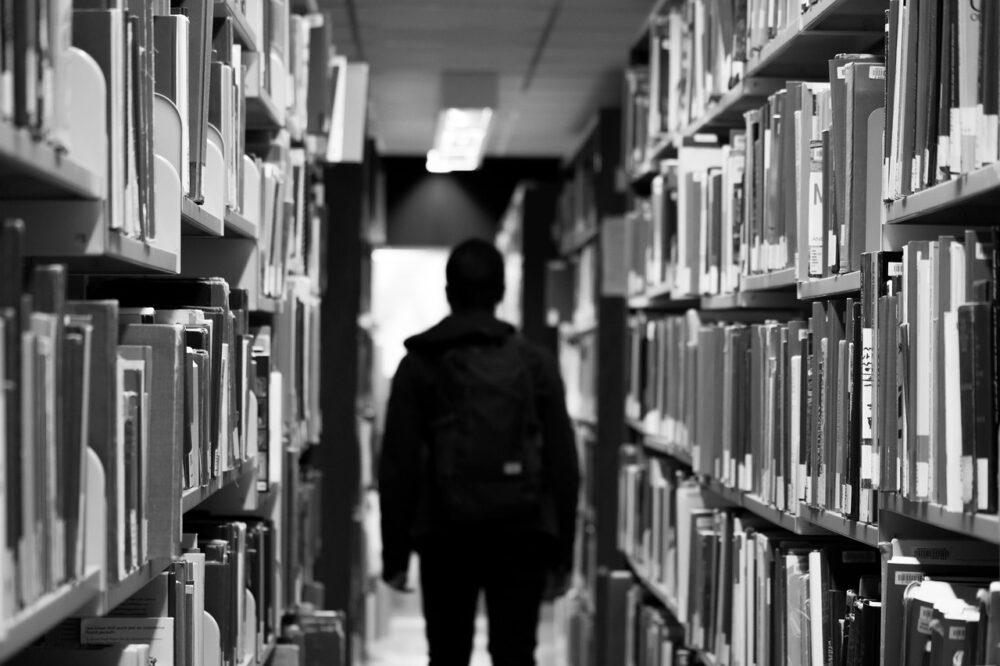Despite a Decrease in Suspensions, New Data Continue to Show Persistent Disparities & Alarming Increase in Police Involvement
Advocates for Children of New York (AFC) issued the following response to the release of the New York City Department of Education (DOE)’s suspension data report for the 2021-22 school year.

The new suspension data released publicly this week indicate a decline in the number of suspensions issued to New York City students, down 23% to 25,117 since the 2018-19 school year, the most recent pre-pandemic year. This number does not capture off-the-books suspensions, in which schools are suspending students—instead of providing them the behavioral support they need—without documenting the suspensions and affording students the due process they are entitled to receive under the law.
Furthermore, when viewed in conjunction with the NYPD school safety data during the same period, the overall number of exclusionary school discipline and police interventions in student behavior is deeply concerning. Indeed, there was the highest ever publicly reported number of “mitigated” incidents where School Safety Agents or police responded to student behavior—which could have and should have been managed appropriately by school staff—and then released the student back to school staff for further action: from 5,102 in 2018-19 to 8,223 in 2021-22, a 61.2% increase.
The City continues to have considerable work to do to address substantial racial disparities in suspensions—which result in students losing valuable instructional time. In 2021-22, over half (51.6%) of superintendent’s (long-term) suspensions, along with 41.7% of principal’s suspensions, went to Black students, who comprised only 20.7% of the public school population (not including charter schools), compared to 52.0% of superintendent’s suspensions and 42.1% of principal’s suspensions in 2018-19.
School discipline disparities by disability status are worse than before the pandemic. Students with disabilities—who are about 21.0% of the student population—received 43.8% of long-term suspensions and 38.9% of principal’s suspensions in 2021-22, compared to 43.0% and 38.5%, respectively, in 2018-19.
Other troubling data indicate that 5,371 students were removed from class or suspended from school two or more times during the 2021-22 school year, resulting in multiple times these students lost crucial instruction time in the classroom. Additionally, there were 2,446 student removals from class or suspension from school where police were contacted last year.
“Many young people in our City experienced unimaginable trauma and are struggling with the return to in-person learning,” said Rohini Singh, Assistant Director of the School Justice Project at Advocates for Children of New York. “Experts have declared a youth mental health crisis, and it is urgent that the City and DOE respond in kind by prioritizing investments to ensure our children have access to and receive effective behavioral and mental health supports in schools.”
“It is critical that the City fully fund supports for students that can actually address the root cause of their behavior and keep them in the classroom learning,” said Dawn Yuster, Director of Advocates for Children’s School Justice Project. “The City and DOE need to expand investments in restorative justice practices, the Mental Health Continuum, school-based mental health clinics, community schools, and other healing-centered school settings and practices instead of squandering money on ineffective and harmful practices that exclude young people from school and treat them more like criminals than students.”


